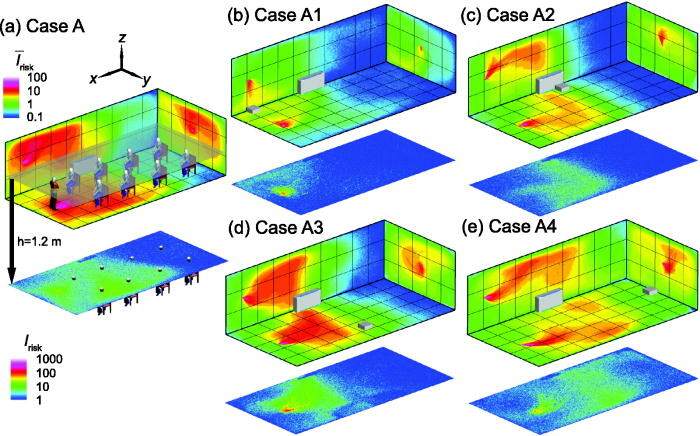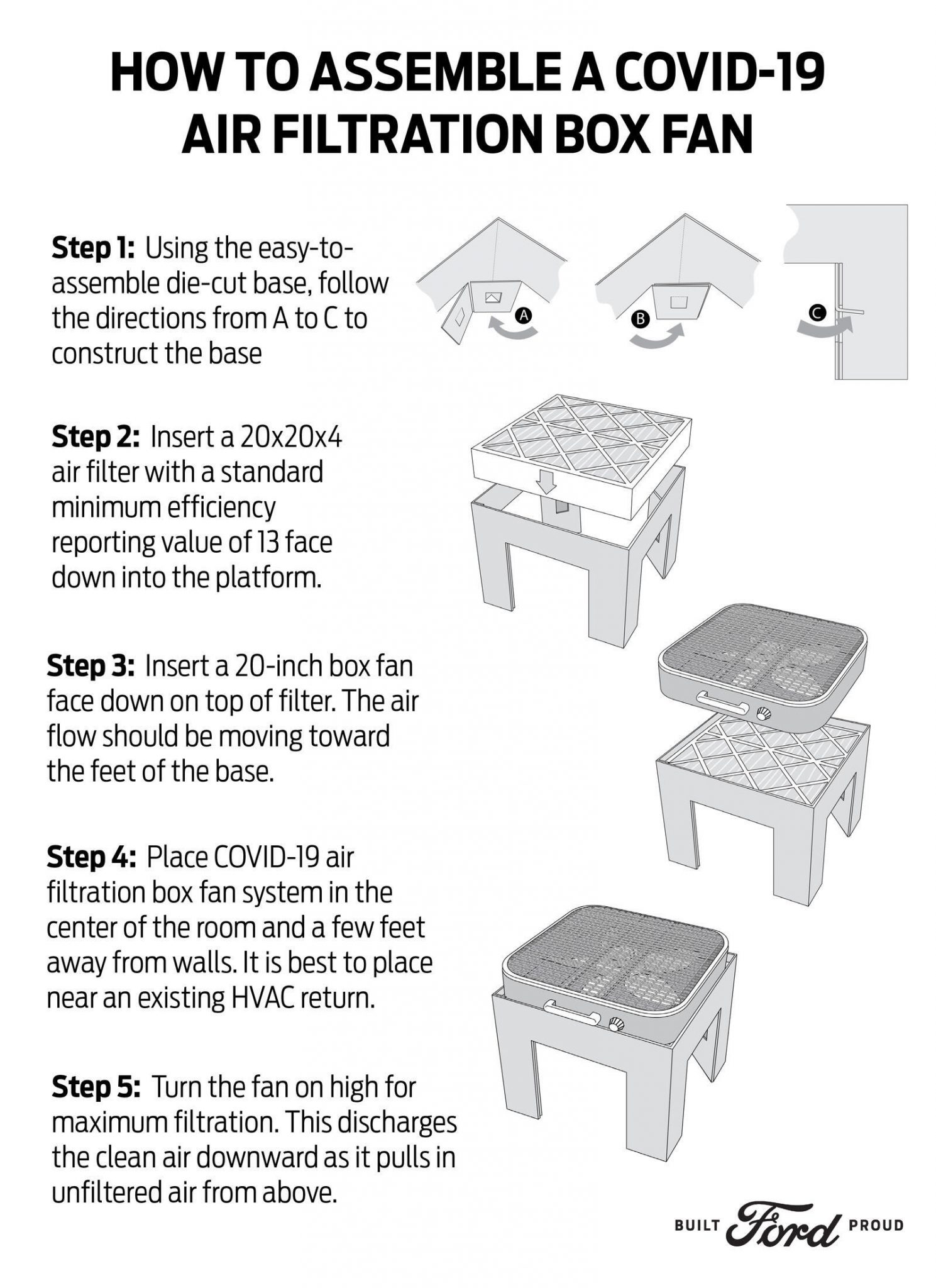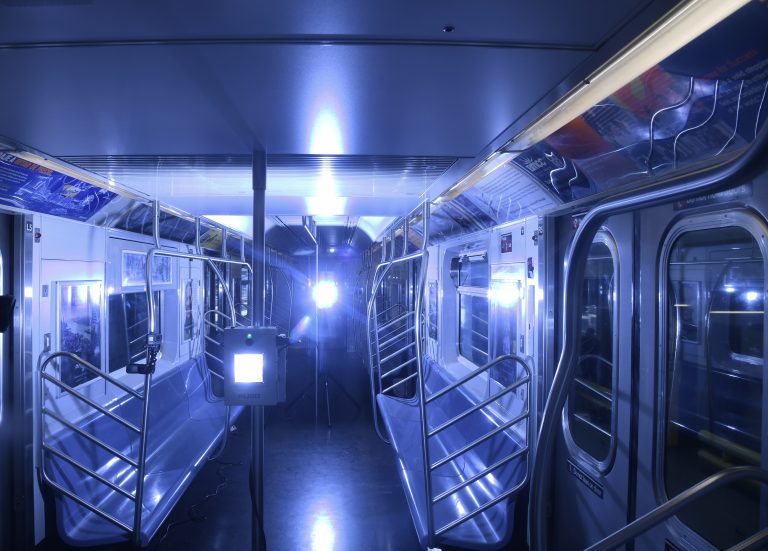A box fan, air filters and the box in which they come are the raw materials for a simple air purifier that can reduce the risk of transmission of the novel coronavirus indoors. Does it really work? Research suggests the do-it-yourself air filter really does decrease the spread of aerosols, the particles suspended air that can contain coronaviruses. Ford Motor Company and the fan manufacturer Lasko have co-developed an open-source filtration unit design with guides showing how to build them. In May, the companies announced plans to distribute 20,000 DIY air filtration kits to underserved communities. Read on for the how-to guide.
A research-validated design
Ruichen He, a mechanical engineer at the University of Minnesota in Minneapolis, Minnesota (USA) and colleagues applied computational fluid dynamics models to study the performance of the open-source box-fan air cleaners in a classroom. They published their findings May 11 in the journal Physics of Fluids.
The researchers studied a classroom equipped with one horizontal unit ventilator, which is a fan or air conditioner attached to a wall. They modeled the flow of aerosols from a person speaking at the front of the room, hypothetically infected with COVID-19 but asymptomatic. Models included no air filter and air filters placed in different locations throughout the room. The placement appears to matter. The best place is near the person infected with COVID-19. The problem, of course, is it can be hard to identify infected people. The second-best place for the box fan, therefore, is next to the horizontal ventilator, the researchers concluded.

The risk index maps of the classroom for an infector in the front of the classroom with (a) no box fan air cleaner placed (case A), (b) the air cleaner placed in the front of the classroom (case A1), (c) in the middle of the classroom near the horizontal unit ventilator (HUV) (case A2), (d) in the middle but away from the HUV (case A3), and (e) in the back of the classroom (case A4). The wall contour maps show the spatially averaged risk index along x, y, and z directions, respectively. The risk index distribution at x-y plane at the breathing level of a sitting individual (1.2 m) is also provided. Source: Physics of Fluids 33, 057107 (2021)
How to make a DIY air filter
The parts required are a box fan, a high-efficiency particulate air (HEPA) filter and a box.
DIY box-fan air filters have been around for years. We published a how-to guide in 2015 showing how to tie a filter onto a box fan to purify air for a fraction of the cost of commercial units. The impetus for that design was poor air quality in Chinese cities and the high cost of air purifiers. Those two factors propelled the launch of the social startup Smart Air, which manufacturers air purifiers, researches their efficacy and offers DIY plans for box-fan purifiers.
Read more: For Protection from China’s Air Pollution, Fund Affordable Filter Design
Smart Air offers the simplest DIY filtration unit design. Hard to oversimplify, these are the steps: 1) Buy a fan. 2) Buy an air filter. 3) Remove the fan’s front grate. 4) Tie the filter to the fan. They also recommend removing the settings knob on the fan after setting it to maximum because the knob can sometimes make for awkward placement of the filter.
The Ford-Lasko air filter design that Dr. He and colleagues studied includes a cardboard stand. This design mounts the fan above the floor facing downward, a placement that was considered effective according to the research. Here we offer a downloadable template for the cardboard base, simple pictorial instructions and a video of the build.


